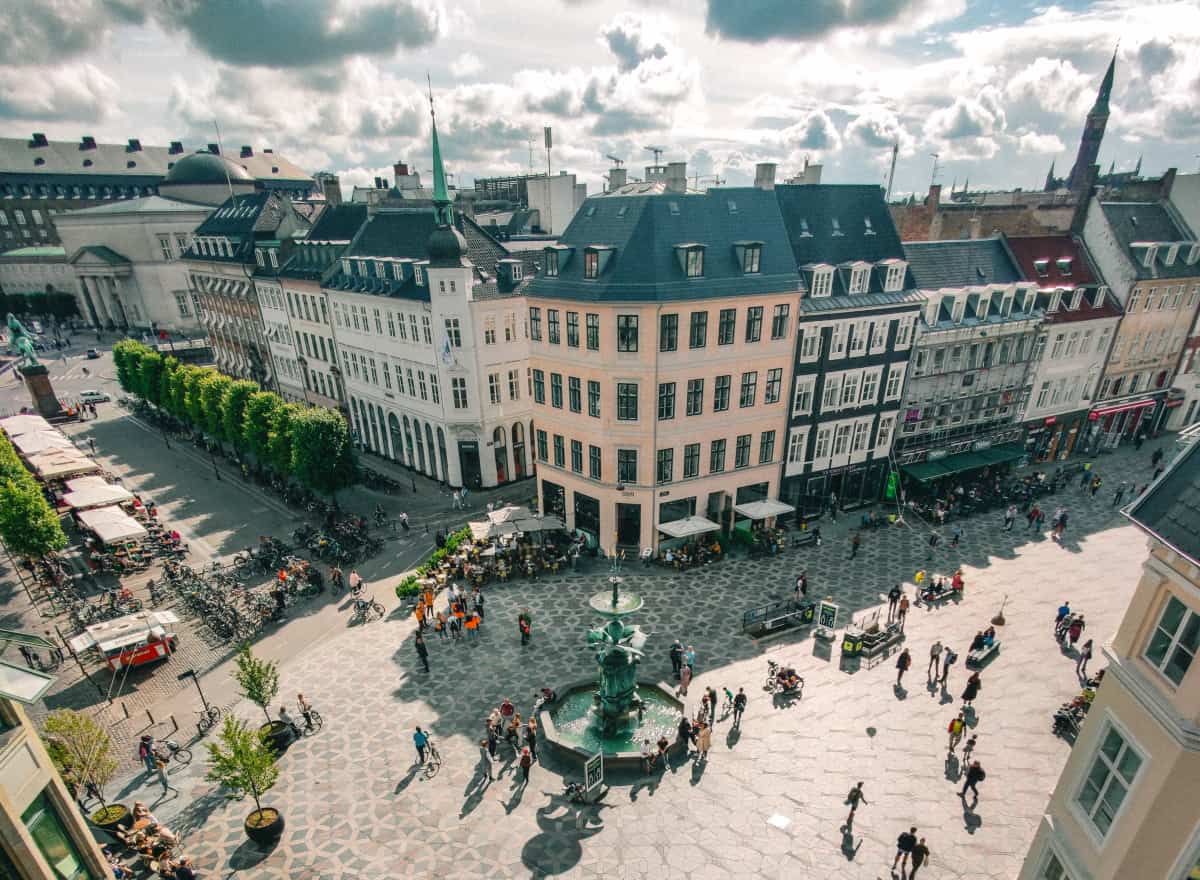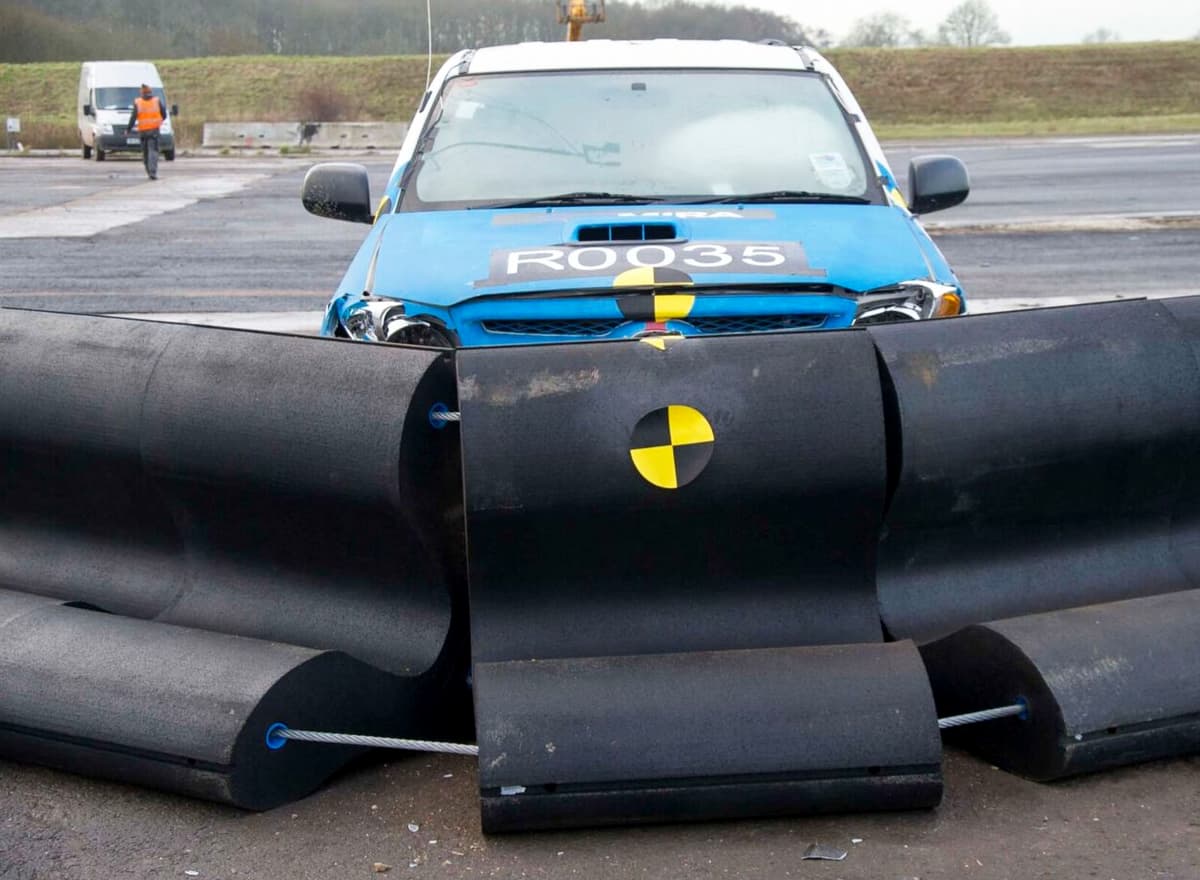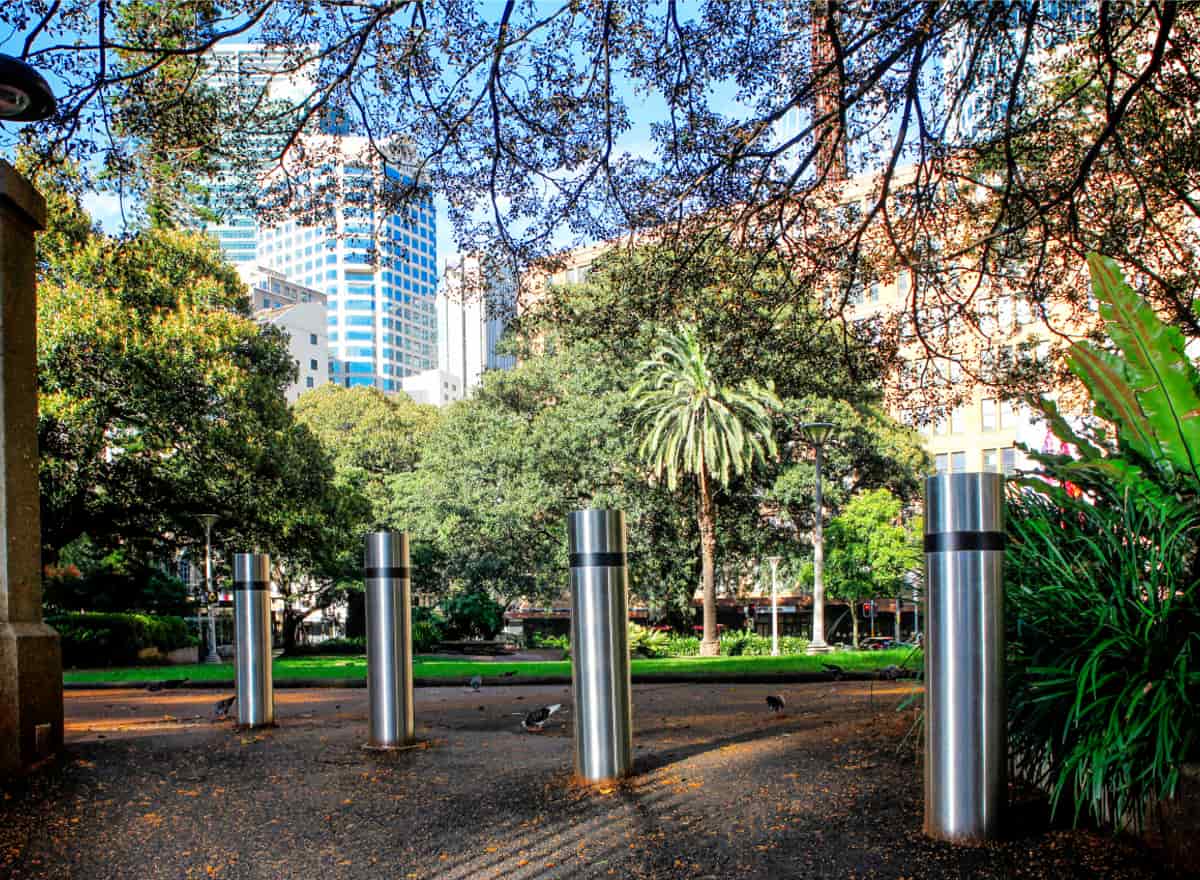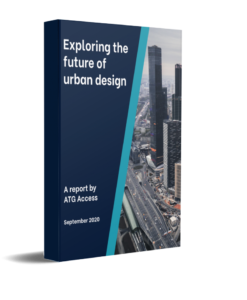ATG Access in England has asked 250 architects and urban planners what they see as the biggest design challenges in our cities over the next five years. And the result is thought-provoking!
City design is facing a cocktail of conflicting pressures and cultural shifts that we should consider to ensure that our cities are suitable for the future. How do we handle both the increasing threat of terrorism and a growing urban population, while also making sure that it remains aesthetically pleasing and inviting to spend time in the city?
The security issue is urgent
Our partner and leading manufacturer of security solutions in England, ATG Access, asked 250 architects and urban planners what they see as the biggest design challenges in our cities over the next five years. And the result of the report, published in September 2020, is thought-provoking!
- 47% of urban planners and architects do NOT feel that the city they live in is safe.
- 40% even believe that security issues and terrorist threats are the most pressing tasks that cities will have to address in the future.
- 60% do not believe that enough is being invested in security in their projects.
Calling for greater focus on security measures
Among architects and urban planners, there is consensus that there needs to be more focus on securing public spaces.
- 82% of architects and urban planners agree on the importance of incorporating security measures into public spaces.
- 49% of architects and urban planners even believe that the increase in pedestrian traffic makes public areas more vulnerable to attacks.
They also unanimously point to funding as a serious issue:
- 67% believe that lack of funding is the biggest barrier to implementing security measures.
More focus on security in the early design phase
Architects and urban planners are calling for close collaboration during the design process, believing it can create the most optimal solutions, as aesthetically pleasing urban spaces with invisible security measures naturally foster greater security.
- 53% of respondents also believe that partnerships with local authorities, police, and suppliers from the outset of a project will be the most effective way to ensure appropriate measures.
- 26% further believe that security solutions should be considered from the start of a project. This should be contrasted with the fact that 32% experience retrofitting security solutions to existing urban spaces as the biggest design challenge they face.
However, it should be noted that in recent years, there has been significant development in security solutions, making it easier to find solutions afterwards. The technology behind Shallow Mount solutions (security bollards that require only a shallow foundation depth) har has, for example, advanced significantly in recent years. Shallow Mount bollards require only a foundation depth of 112 mm and are therefore much quicker to install than before.Temporary security barriers are another option. Surface-mounted barriers are capable of stopping a 7,200 kg vehicle traveling at 32 km/h.
With clear expectations and visible requirements for local authorities in the planning phase, the costs of security products can be included in the budget from the outset in the planning of new urban spaces. This ensures the most cost-effective and aesthetically appealing security measures.
Read all the conclusions from the report here:





